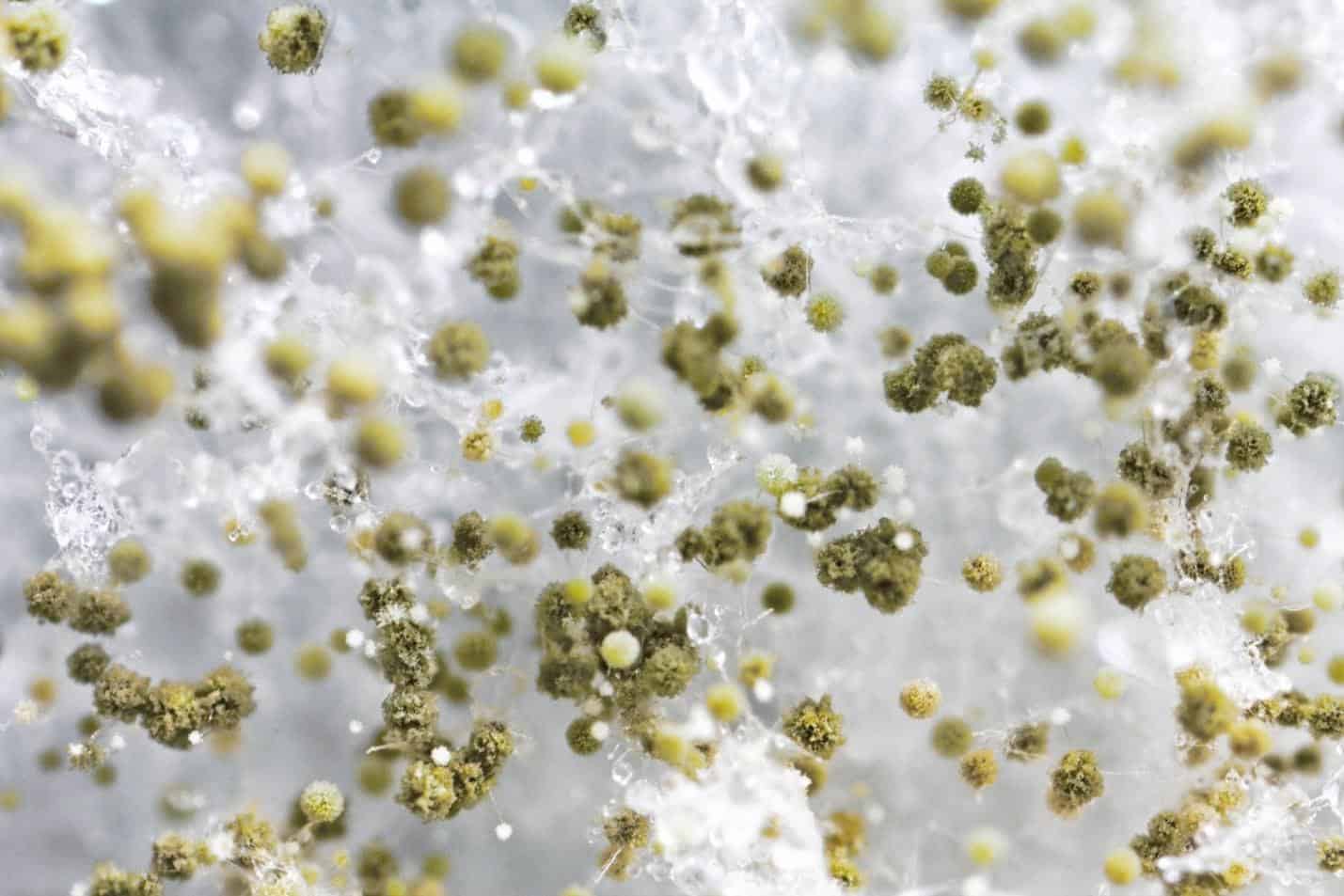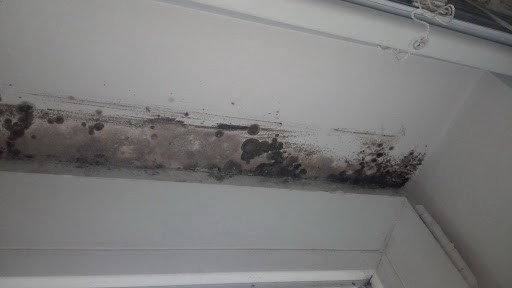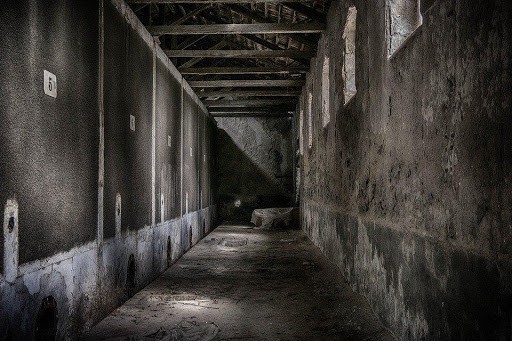Mold is often associated with various health problems and asthma attacks. They can grow anywhere inside the home where moisture is present. A few can be negligible, but if you see that they begin to be uncontrollable, especially on the walls, inside your basements, in your attics, and garage, then it’s time to do something about them.
You need to take some steps to remove the mold growth, primarily if they are only covering a few inches of space on the walls. However, if you notice that they might be inside the walls or they are absorbed in your wooden floor planks, then an Easton PA mold removal company is something to consider. These professionals have the experience, tools, and knowledge on how to effectively address mold problems inside your home so that the occupants can breathe easily again.
Elimination of mold and preventing the spores from reproducing involves knowing the factors that help them flourish. Perhaps there are leaks in your pipelines where the water makes it easier for the spores to proliferate. Other things to know include the following?
How do Molds Grow?
Contents
Know that removing these six things inside your home will increase your chances of avoiding mold growth altogether. Assess your home and overall property afterwards and see if they are ideal for the spores to grow.
1. Moisture
Molds are living things, and they need water for most of them to survive. In some situations, moisture is one of the most significant determining factors since others on this list may be unavoidable.
Moisture can come in various places like leaks from the roofs, insufficient waterproofing in the basement, and leaky pipes. If your home in Easton, PA, has a leaky pipe, it’s best to replace or fix this so that the water won’t go to your floors and walls. If a flood has entered your home because of a severe storm, the first thing to do is dry everything to prevent mold growth.
Avoid moisture buildup inside your property by drying the sinks when you use them or utilizing the squeegee. Drying the surfaces is one of the few things you can do to reduce mold in your home. Learn more about moisture and mold problems on this site here.
2. Oxygen
Every living thing needs oxygen, and it’s everywhere. It can be bad news for many homeowners in Easton, but this is just the way things are. There’s nothing one can do because oxygen can fit and reach even cracks and crevices.
However, you may want to recognize that since oxygen is present in the tiniest of cracks, there’s a good chance that a mold can proliferate inside your walls or under the floorboards. You want to do complete waterproofing and sealing from the outside. If there are cracks on the walls, you need to cover them up before the rainy season begins. This will mean that you need to invest in high-quality insulation to keep the air away from your walls where some of the critters and fungi can grow freely.
3. Food
Mold needs food to survive and grow. However, these fungi feed in nearly everything the spores touch on. They can treat vegetables and meat as food, but they also include wood and drywall into the mix. If you have these materials inside your house and no sump pump can prevent the floods or control them, then expect that the spores will be feeding on the wall with the water, and they can grow into a significant number before you know it.
Some of the things that you can do include keeping your home free from food bits and wastes. Clean your counters before you sleep, ensure that your fridge is maintained once a week, check under your couch and limit eating on places with hardwood flooring. Clean everything daily and apply mold-resistant paint whenever possible.
It’s worth noting that the paint will only prevent the fungi from growing, but it will not necessarily kill the spores. The best thing to do is call the professionals if you find mold under the peeling paint to be eliminated quickly and efficiently.
4. Darkness
One of the recipes for the mold to grow in darkness. This is because the sun’s ultraviolet rays can kill them, and this is one of the reasons why they rarely grow in open areas. If you’re looking for some signs of their growth, you may want to check out various crannies and dark nooks where they are hiding for months, undetected.
You can start installing UV light in your basements. Some may think that they need the bulbs to be lighted all of the time. However, doing this is unrealistic and very expensive. It’s also impossible to maintain a lighted bulb in the basement, primarily if no one uses it. You can read more about UV lights here: https://www.livescience.com/50326-what-is-ultraviolet-light.html.
Instead, what you need is to pay more attention to the dark areas inside the home. They may have food sources for the fungi, so you may want to spray them with detergents from time to time and use a dehumidifier to prevent moisture from forming.
5. Warmth
Another factor that can make the mold spores flourish is warmth. The temperatures should be above the freezing point before they can develop, and this is why you can see them in the lower areas of your fridge but not in the freezer itself unless it stops working.
The spores grow the fastest at temperatures that are above 60°F. Since the home should always be at a temperature above the 60°F, there’s a bigger chance that the spores can grow inside all year round.
It’s not practical to shut off your furnace and other HVAC to stop the growth. However, you should be able to pay attention to the places where they can grow, even if it’s in the middle of winter. You may also want to do extra diligence during the summer months. When the temperature is higher, they grow faster, and the spores tend to thrive outside.



